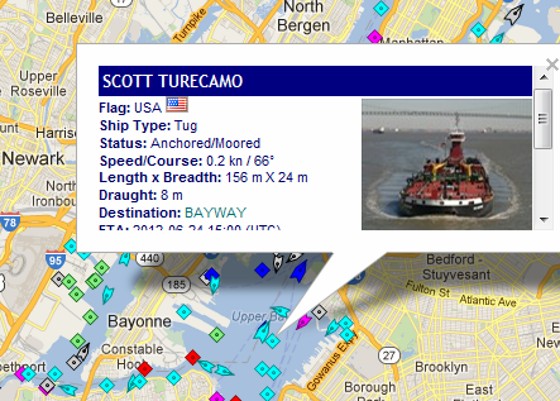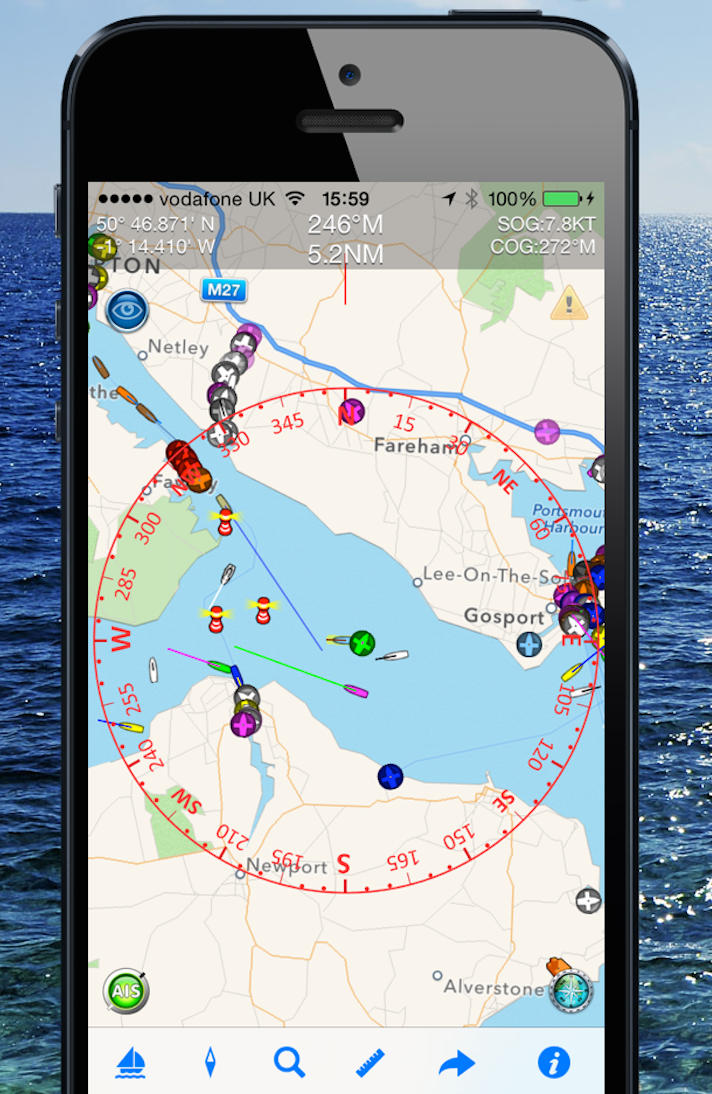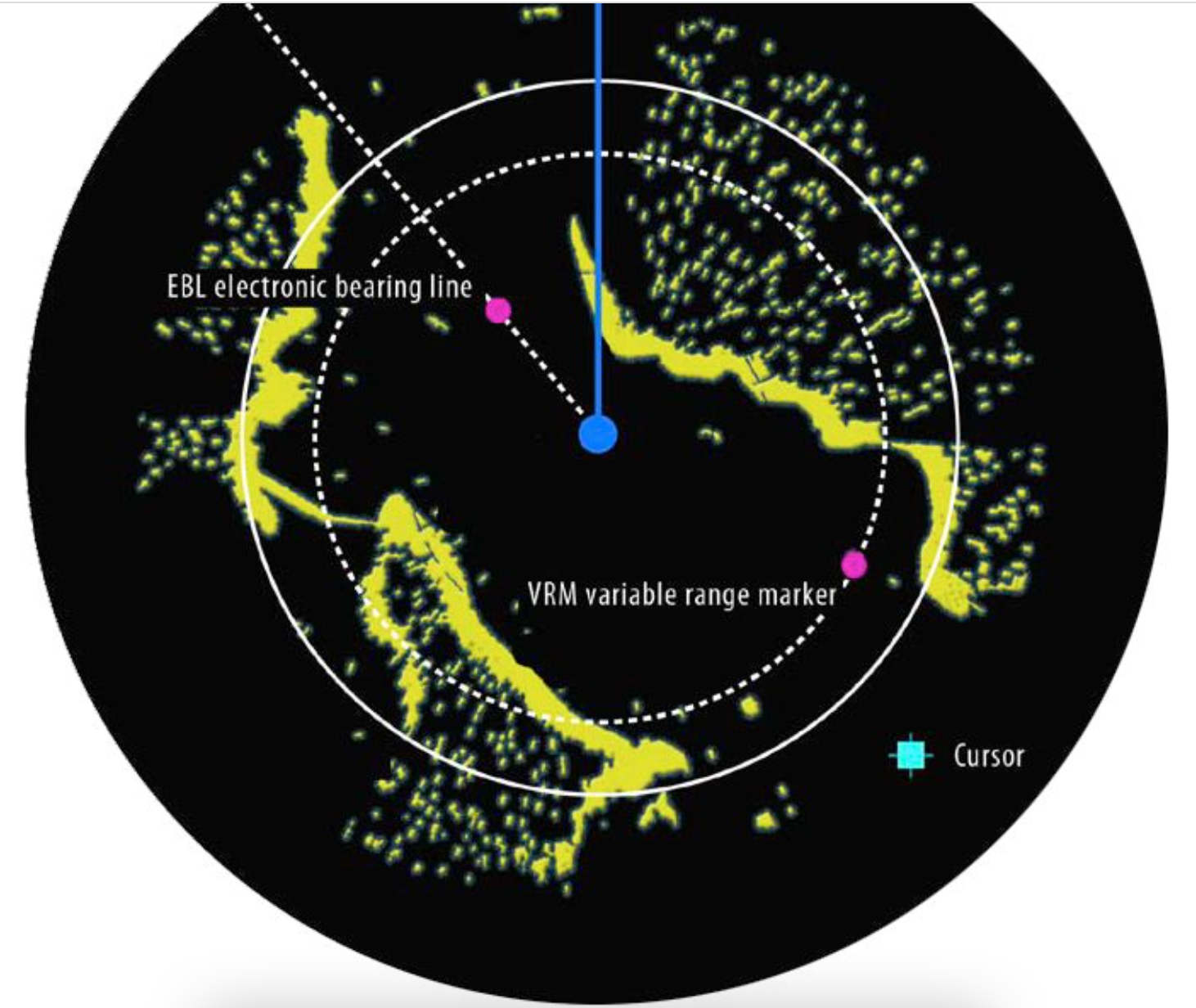Collision Prevention: Using Electronics to Improve Safety

This collision occurred last summer on Chesapeake Bay. Image courtesy of the Maryland Department of Natural Resources.
How can a boat collision be prevented when distracted or if the captain needs to leave the helm to go below? When properly used, a vessel’s electronics equipment alarms can help warn of a pending collision hazard.
Radar has many useful anti-collision tools available to warn of such potential dangerous encounters. A radar’s Guard Zone is the most useful. A user can place an adjustable ring around his boat right on the radar screen. This protective ring be expanded out to any distance from center screen to the outer edge of the screen. Any object that penetrates that invisible Guard Zone ring be it a boat, a rock protruding above the surface or the shore line triggers an audible alert.
Such a guard zone can also be useful when at anchor. It can provide a warning should an approaching vessel come within a specific distance of the host boat. It can also sound a warning should the anchor come loose and the boat begins to drift toward the shore.

Here we see an example of a Guard Zone on a Furuno radar screen.
AIS (Automatic Identification System) can alert of an approaching vessel. All commercial boats are required to have operational AIS equipment on board. And an increasing number of pleasure boats are also adding AIS gear on their boats as well. An AIS signal from another boat can warn of a potential collision threat. This information includes the vessel’s position, identity, speed, heading and advises of the closest point of approach and the time remaining until a potential collision.
A remote sonic alarm module can be connected to most radars and AIS sets. These can be mounted in another part of the boat to sound out a loud warning alarm.

Every vessel equipped with AIS can be identified on the screen of a chartplotter equipped with the technology.
Portable Remote
Many of today's Multifunction Navigation Displays have a WiFi feature which, with the use of a free downloadable APP, allows viewing and controlling the screen of a navigation display on most Smart phones and tablets. This permits the freedom to move about the boat and still monitor radar and AIS. This can also be useful when sleeping below at night. A captain can view his/her surroundings by radar, monitor AIS alarms or check your water’s depth from a phone or tablet.
He/she can also view any video cameras or night vision camera on board that’s connected to the navigation display. These can provide safety and peace of mind when below or when sleeping. A user can easily and safely check on sounds coming from on deck or in the engine without having to get up and physically check them.

AIS imaging can even be displayed on a smartphone.
Radar Prediction Tools
All radars have built-in functions that help determine if an approaching vessel is a likely threat.
VRM (Variable Range Marker) allows moving an adjustable range ring to anywhere on screen. This circular marker can be placed on a radar target to show its exact distance from the host boat’s position. A vessel’s speed can be estimated by taking periodic VRM readings.
ELB (Electronic Bearing Line) when activated a line is extended from the center to the edge of the screen. The ELB marker line can be rotated clockwise or counter clockwise to line up with a radar target of interest to reveal the target's relative bearing to your boat.

In this image, we see the electronic bearing line on a radar screen.
TIP: Position the ELB line on an approaching boat’s radar target. Should the target continue to move down that line toward the center of the radar screen — that boat is on a collision course with the host boat and evasive action is necessary. Should the target wander off to the port or starboard of the ELB line, a collision is not imminent.
Monitor Your VHF Radio
It is important that a watch on VHF channel 16 is maintained. Any vessel approaching the boat may be calling inquire about a captain’s intentions or announce its intentions regarding a change of course. Keep in mind for safety reasons the radio should always be on when underway. Even if a conversation is taking place on another channel, every radio has the ability to monitor channel 16 in the dual-watch mode while set to another channel. Channel 16 will then override the channel in use should a call on 16 be transmitted.

A vessel approaching another may attempt to reach out via VHF Channel 16.
Portable Handheld VHF
A handheld radio can be an effective means to avoid navigation hazards. An important advantage of a portable VHF is that it can be carried or worn on a belt or vest. A captain can also take it with him or her to monitor marine channels and be alert to communications from nearby vessels as he/she roams throughout the boat.
Story by Ken Englert
Ken Englert owns and operates Maritime Communications, a marine-electronics dealership in Marina del Rey, CA. He has been the marine electronics columnist for Boating magazine for 45 years and is a member of the Editorial Advisory Board and president of the Board of Directors for the Marine Electronics Journal. He is also a five-time winner in the annual Boating Writers International awards program. http://maritimecomm.com